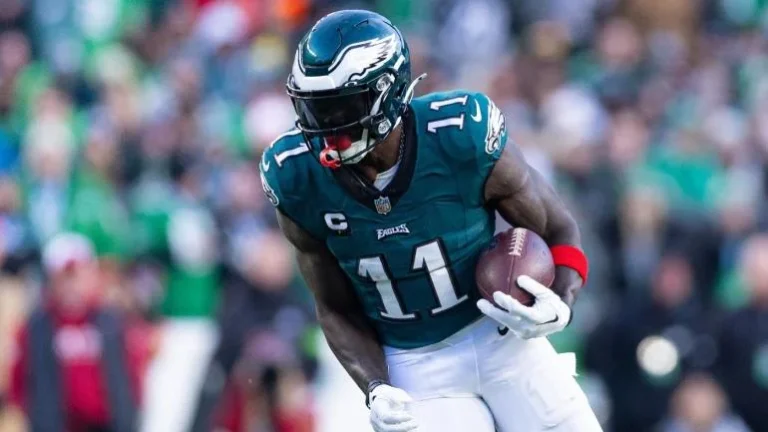March Madness will pay women teams
NASHVILLE (AP) — In a landmark decision at the NCAA convention, women’s basketball teams will now receive financial compensation for participating in the NCAA Tournament, a practice long established for men’s teams. This historic move, approved unanimously by NCAA members, represents a significant step towards achieving gender equity in college sports.
The new pay structure, celebrated with applause at the convention, marks the culmination of efforts that began with the Division I Board of Governors’ unanimous approval in August. NCAA President Charlie Baker acknowledged the contributions of those who paved the way for this achievement, expressing gratitude for witnessing this milestone.
“We’re the fortunate ones,” Baker said. “We get to see this become a reality today.” He emphasized the ongoing commitment to investing in women’s basketball, envisioning a future where today’s actions are recognized as foundational for future advancements.
South Carolina coach Dawn Staley, whose team triumphed in last year’s national championship, greeted the news with enthusiasm. “YES!” she exclaimed, seeing it as a continuation of the fight to elevate women’s basketball. Staley credited the Kaplan Hecker and Fink law firm for highlighting the absence of performance units as a critical issue in their report, which hindered the sport’s potential to capitalize on its growing viewership and quality.
Starting with this year’s tournament, women’s teams will be awarded performance units, akin to the men’s system. A team reaching the Final Four could bring approximately $1.26 million to its conference over the subsequent three years. Initially, $15 million will be allocated from the fund, representing 26% of the women’s basketball media revenue. By 2028, this figure will rise to $25 million, or 41% of the revenue, paralleling the men’s initial percentage when their performance units were introduced.
North Carolina coach Courtney Banghart, president of the Women’s Basketball Coaches Association, celebrated this achievement as a testament to the investment made by athletic departments in women’s basketball. “Today is a great day,” Banghart said. “The effort to bring this reality to our sport is deeply appreciated.”
The convention featured two votes regarding the proposal: one on the initiation of payments starting with the upcoming NCAA Tournament, which saw one dissenting vote, and another on establishing the women’s fund, which passed unanimously among the 292 members present. Louisville coach Jeff Walz praised the decision, recognizing it as a long-overdue financial acknowledgment of women’s basketball achievements in the postseason.
The payment structure for the women’s tournament will mirror the men’s system, with each of the 32 conferences receiving an automatic bid and additional units awarded for at-large bids in the 68-team field. Revenue from these units will be distributed by conferences to their members, potentially reinvesting in athletic programs across various sports.
The performance units for men’s basketball, now at 24% of the media rights deal, contribute significantly to conference revenues. The men’s tournament, for example, brought in $844.3 million from television and marketing rights in 2018, largely from a contract with CBS and Turner Sports.
For the women’s tournament, the new media rights deal with ESPN values it at $65 million per year, significantly higher than the previous contract. This increase underscores the tournament’s growing popularity and commercial potential.
Vanderbilt coach Shea Ralph, a national champion as a player and coach, viewed the vote as a testament to the hard work over decades, creating an exciting era for women’s basketball. Julie Roe Lach, Horizon League commissioner and a member of the Division I women’s basketball oversight committee, called the establishment of the fund a “huge step” for women’s sports towards gender equity.
The women’s tournament is enjoying unprecedented success, with the last championship game, featuring South Carolina and Iowa’s Caitlin Clark, attracting a record 18.7 million viewers. This audience surpassed the men’s championship game viewership by nearly 3 million, signaling a growing interest in women’s basketball.
In additional NCAA news, the Division I council approved a championship for women’s wrestling, with Divisions II and III expected to follow suit. Discussions are ongoing about potential changes to the College Football Playoff and the implementation of a rule allowing athletes five years to complete their eligibility.
As women’s college basketball continues to ascend in popularity, the implementation of performance units represents a pivotal moment in the sport’s evolution, promising greater financial support and recognition for women’s athletic achievements.





